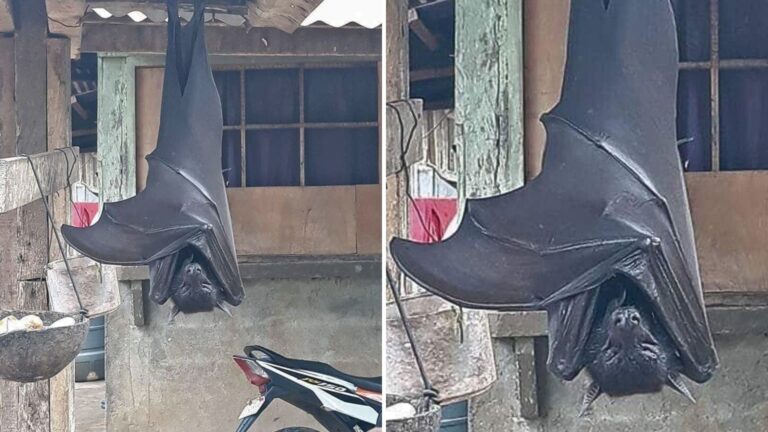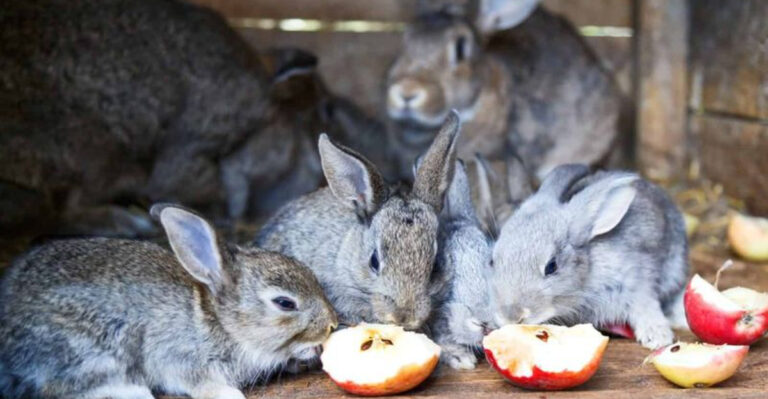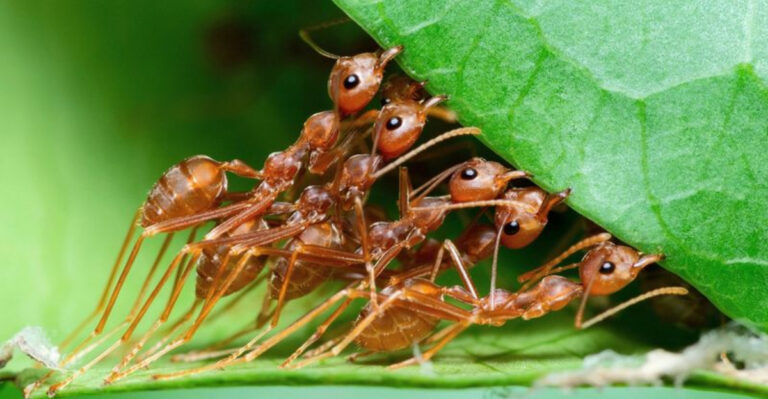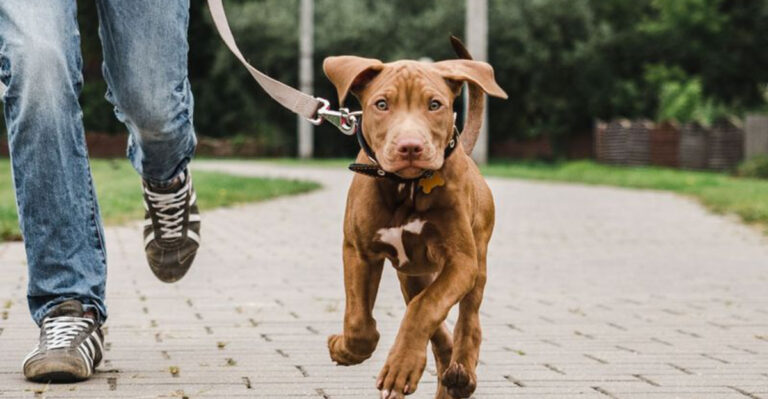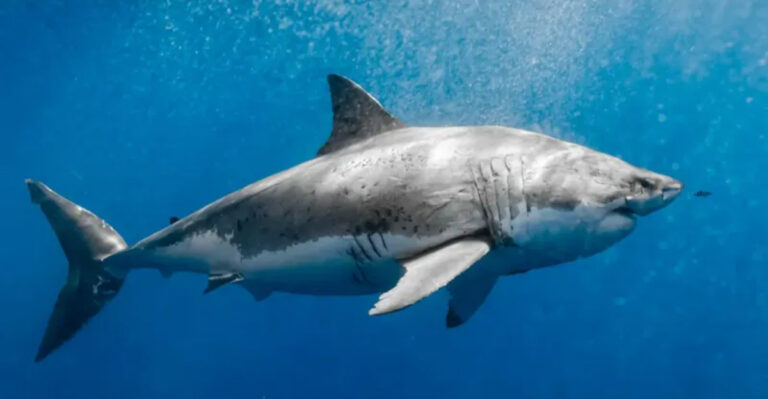14 Animals That Weren’t Domesticated – But Could Have Been
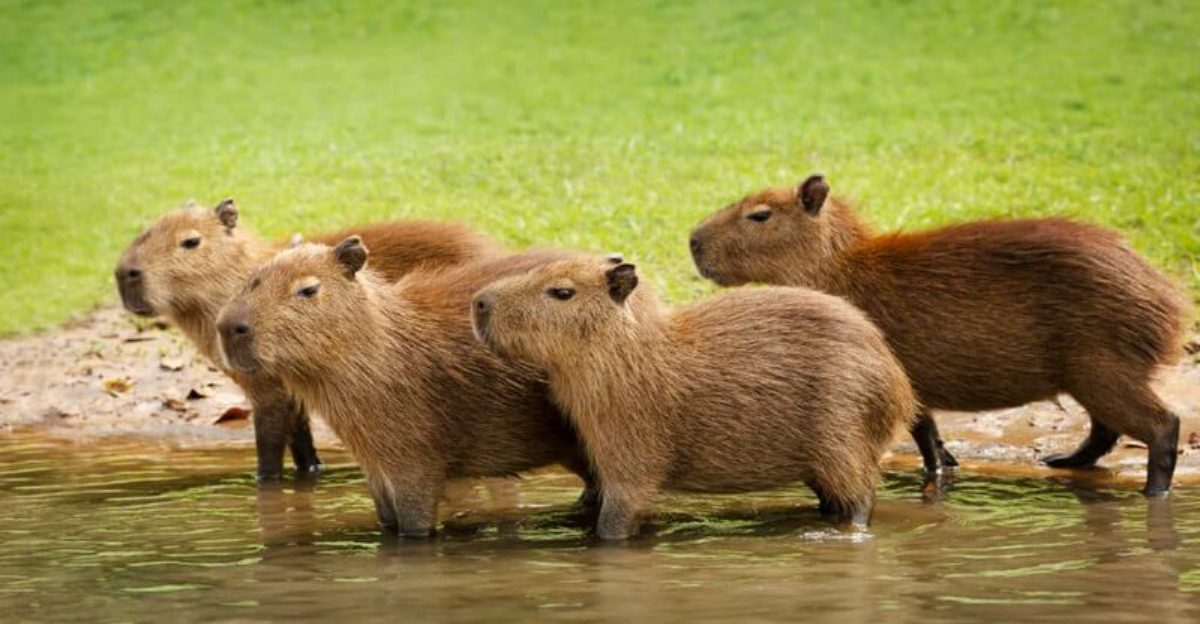
Throughout history, humans have partnered with animals like dogs, cats, and horses to help us survive and thrive. But for every species we’ve domesticated, dozens more could have made amazing companions.
These wild creatures had the right mix of intelligence, social structure, and adaptability to potentially live alongside us – if only history had taken a different turn.
1. Zebras: Striped Stallions That Escaped The Bridle
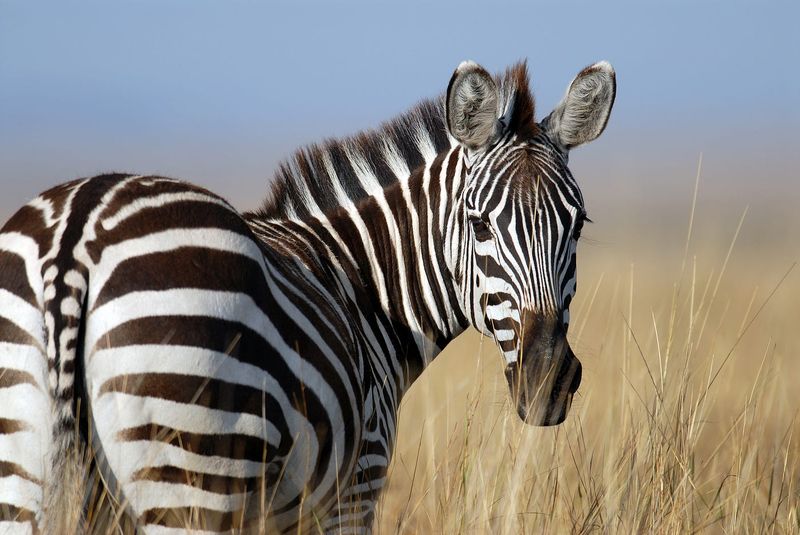
Ever wondered why we ride horses but not their flashy cousins? Zebras possess incredible stamina and disease resistance that would make them perfect for African transportation.
Unfortunately, their unpredictable temperament and tendency to bite (and not let go!) kept them wild. Colonial powers tried and failed to tame these striped equids, with only a few ever accepting a rider.
2. Raccoons: The Clever Bandits We Almost Befriended

Those nimble little hands could have been put to good use! With problem-solving skills rivaling primates, raccoons possess the intelligence necessary for domestication.
Native Americans occasionally kept them as pets, appreciating their adaptability and trainability. Their mischievous nature and dexterous paws might have made them useful companions for retrieving small objects or performing simple tasks around settlements.
3. Moose: Gentle Giants Of The North
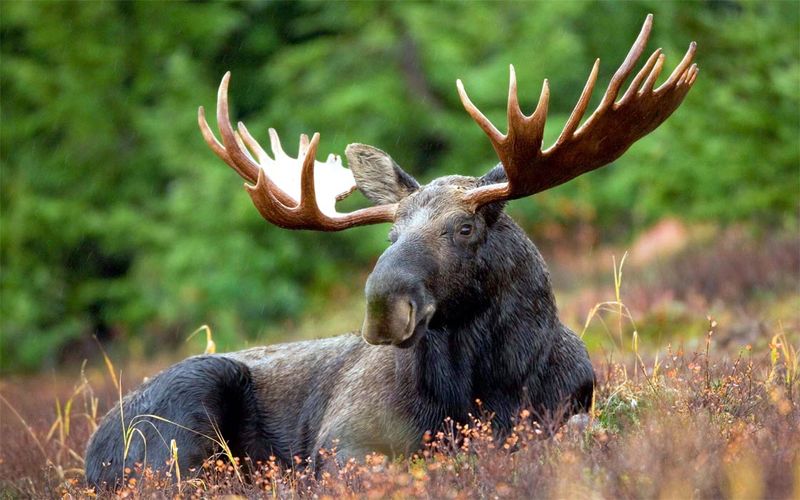
Standing taller than a horse with impressive antler racks, moose could have revolutionized transportation in snowy regions. Russian experiments in the 1700s proved these massive creatures could pull sleds and carry riders.
Unlike horses, moose can easily navigate deep snow and forage beneath it. Their natural calm around humans suggests they might have thrived as working animals if early domestication efforts had continued.
4. Capybaras: Nature’s Couch Potatoes

The world’s largest rodents are basically friendship machines! These South American giants get along with virtually every species they meet, from crocodiles to house cats.
With their calm temperament and social nature, capybaras could have been ideal livestock. They produce tender meat, reproduce quickly, and eat simple vegetation. Some indigenous tribes kept semi-domesticated capybaras, showing their potential for human partnerships.
5. Foxes: The Cat-Dogs That Almost Made It
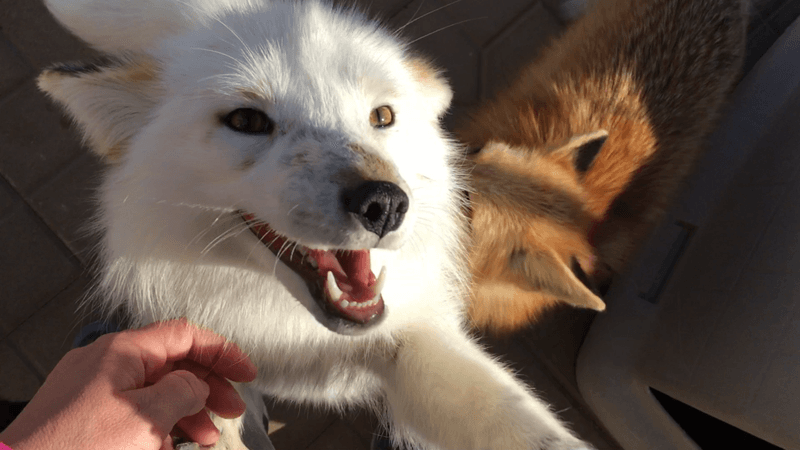
Russian scientists showed that foxes could be domesticated in just a few decades, thanks to a groundbreaking Soviet experiment. Some began whining for attention and wagging tails like eager puppies.
With compact size, sharp minds, and a knack for hunting rodents, foxes had all the makings of helpful companions. Strong human bonds, clean habits, and playful energy made them surprisingly well-suited for home life.
6. Elephants: The Working Giants We Almost Tamed
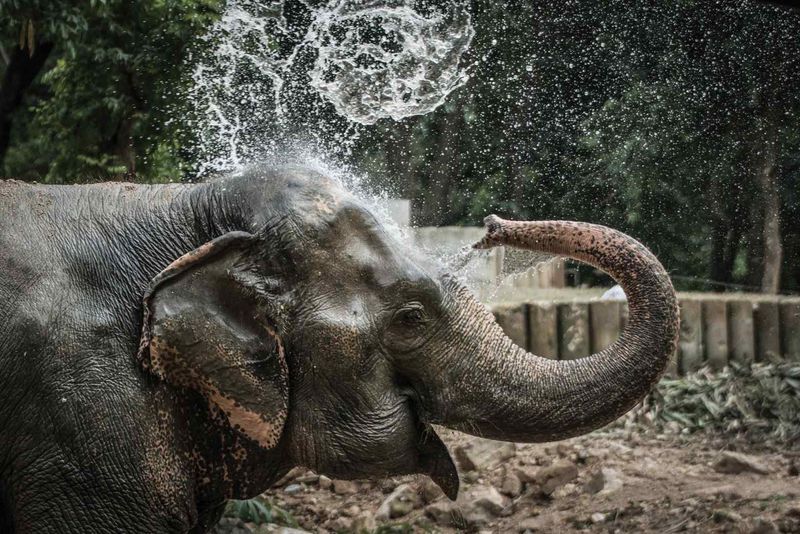
Contrary to popular belief, elephants aren’t truly domesticated – they’re tamed wild animals. With their phenomenal memory and problem-solving skills, full domestication could have created an unstoppable partnership.
Asian cultures have worked with elephants for thousands of years in logging, transportation, and warfare. Their incredible strength combined with gentle precision could have revolutionized agriculture and construction throughout human history.
7. Hyenas: Laughing Their Way Out Of Domestication
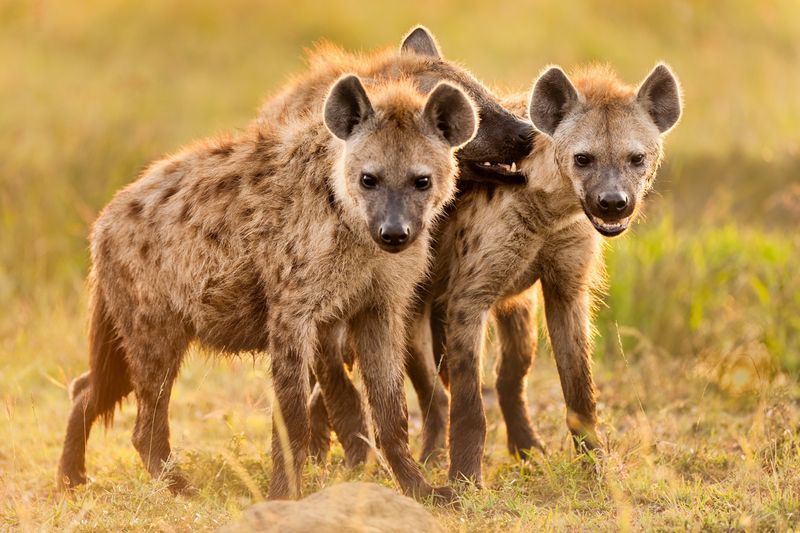
Behind that unsettling cackle lies an animal smarter than chimpanzees! Ancient Egyptians tamed spotted hyenas for hunting and possibly kept them as status symbols.
Female hyenas dominate their clans and show remarkable cooperation when hunting – traits that mesh well with human social structures. Their powerful jaws can crush bones that would stump most predators, making them efficient scavengers that leave nothing to waste.
8. Tapirs: The Prehistoric Gardeners
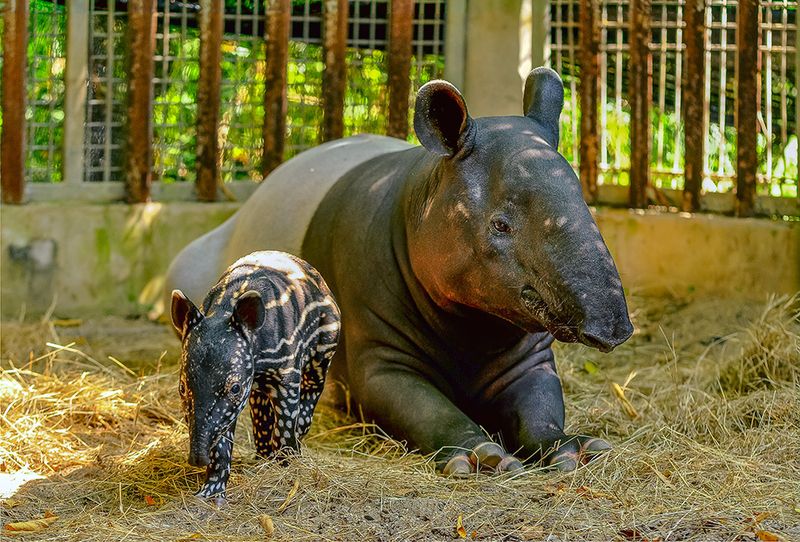
Looking like something evolution forgot, these gentle forest-dwellers could have transformed ancient agriculture! Their prehensile noses work like mini-trunks to delicately select and pull plants.
Tapirs naturally clear undergrowth and spread seeds through their droppings. Indigenous peoples occasionally tamed them, finding they bond strongly with humans. Their calm nature and browsing habits might have made them perfect for forest management and fruit harvesting.
9. Otters: The Fishing Companions That Got Away
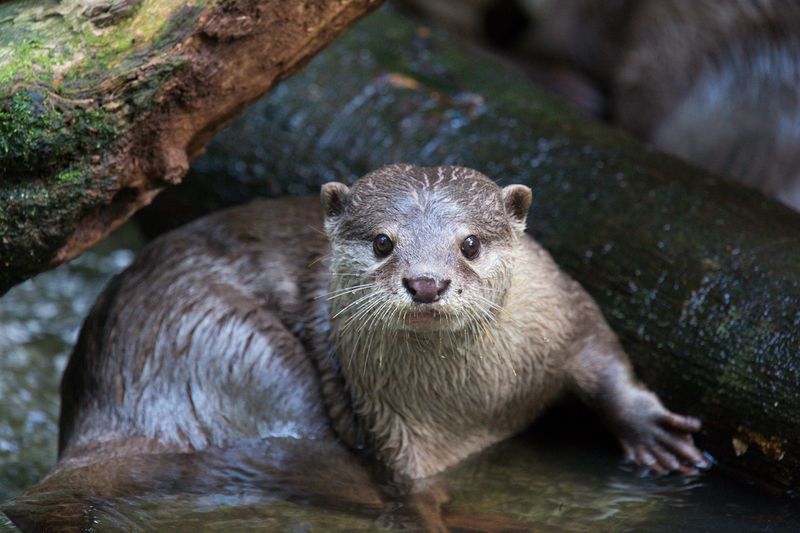
Imagine having a playful, water-loving buddy who catches fish on command! Asian fishermen have, at times, trained otters to drive fish into waiting nets.
Intelligent and capable of learning complex tasks, otters also use tools in the wild. Waterproof fur and strong swimming skills could have made them essential helpers – and their charm would win over any household.
10. Mink: The Luxury Pets That Never Were

Before they became synonymous with fur coats, these sleek predators showed remarkable potential as companions. Russian fur farmers discovered certain mink bloodlines became surprisingly tame within just a few generations.
Their hunting abilities surpass those of cats, making them excellent pest controllers. Naturally clean and intelligent, domesticated mink could have filled a niche between ferrets and cats, combining the best traits of both into one glossy, playful package.
11. Honey Badgers: The Fearless Guardians
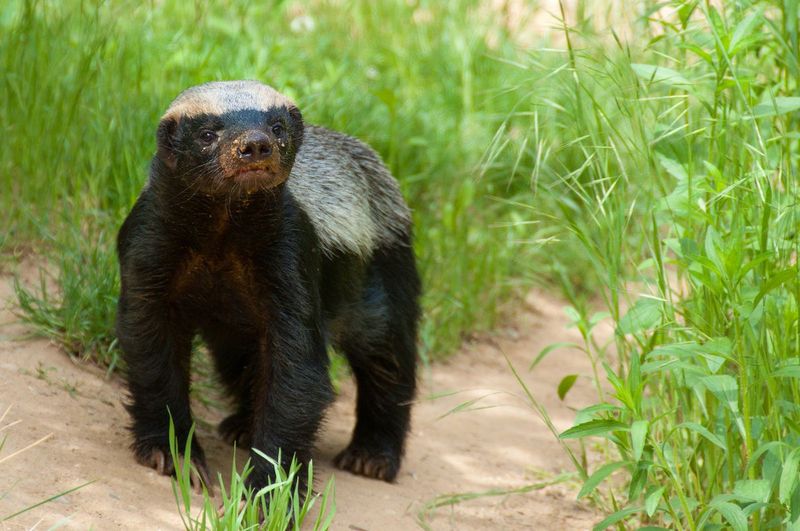
Famous for their tenacity, these small carnivores fear absolutely nothing – not even venomous snakes or bee stings! Their thick skin and immunity to many toxins make them nearly invincible.
African folklore suggests some tribes formed partnerships with honey badgers to locate beehives. Their fierce protective instincts could have made them exceptional guardians. Though challenging to handle, their intelligence and problem-solving abilities rival those of many primates.
12. Peregrine Falcons: The Ultimate Aerial Hunters

While falconry exists, true domestication of these aerial speedsters never happened. Capable of diving at 240 mph, peregrines could have developed into specialized hunting partners beyond what medieval falconry achieved.
Unlike hawks, peregrines naturally return to the same nesting sites year after year – a trait perfect for domestication. Their precision hunting and adaptability to urban environments show they could have thrived alongside humans in various settings.
13. Hippos: River Giants With Agricultural Potential
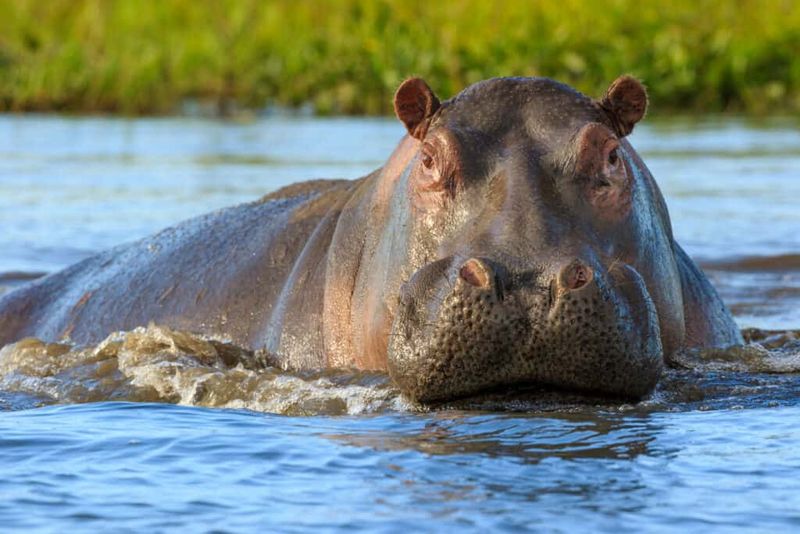
Massive size might make them seem like odd choices, but an aquatic lifestyle could have changed wetland farming forever. In rare cases, young hippos raised by humans have formed close bonds.
Constant grazing helps keep waterways open, while nutrient-rich waste supports plant growth. Ancient Egyptians are even believed to have tamed a few, hinting at what might have been possible with focused breeding.
14. Wolverines: The Winter Survivalists
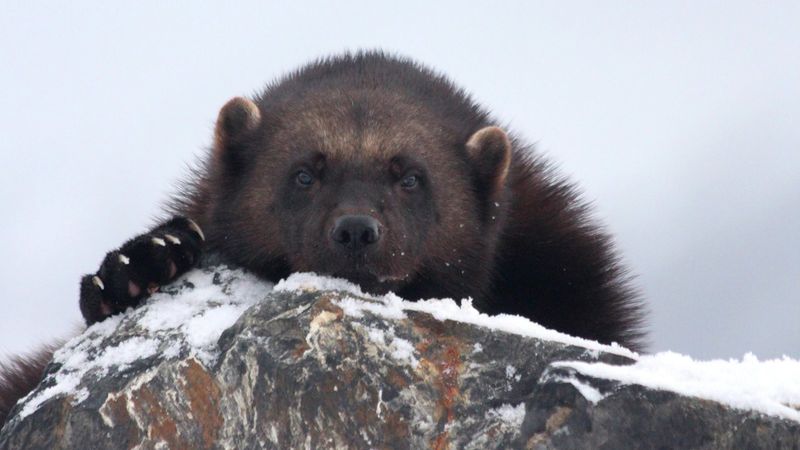
Pound for pound, few animals match the tenacity and cold-weather adaptability of wolverines. Indigenous Arctic peoples admired these mustelids for their ability to take down prey many times their size.
Their thick fur resists frost, and they can track scents under deep snow. Though fiercely independent, wolverines raised from cubs show surprising affinity for their human handlers.

